Oriental Plane Tree Info: Learn About Oriental Plane Trees
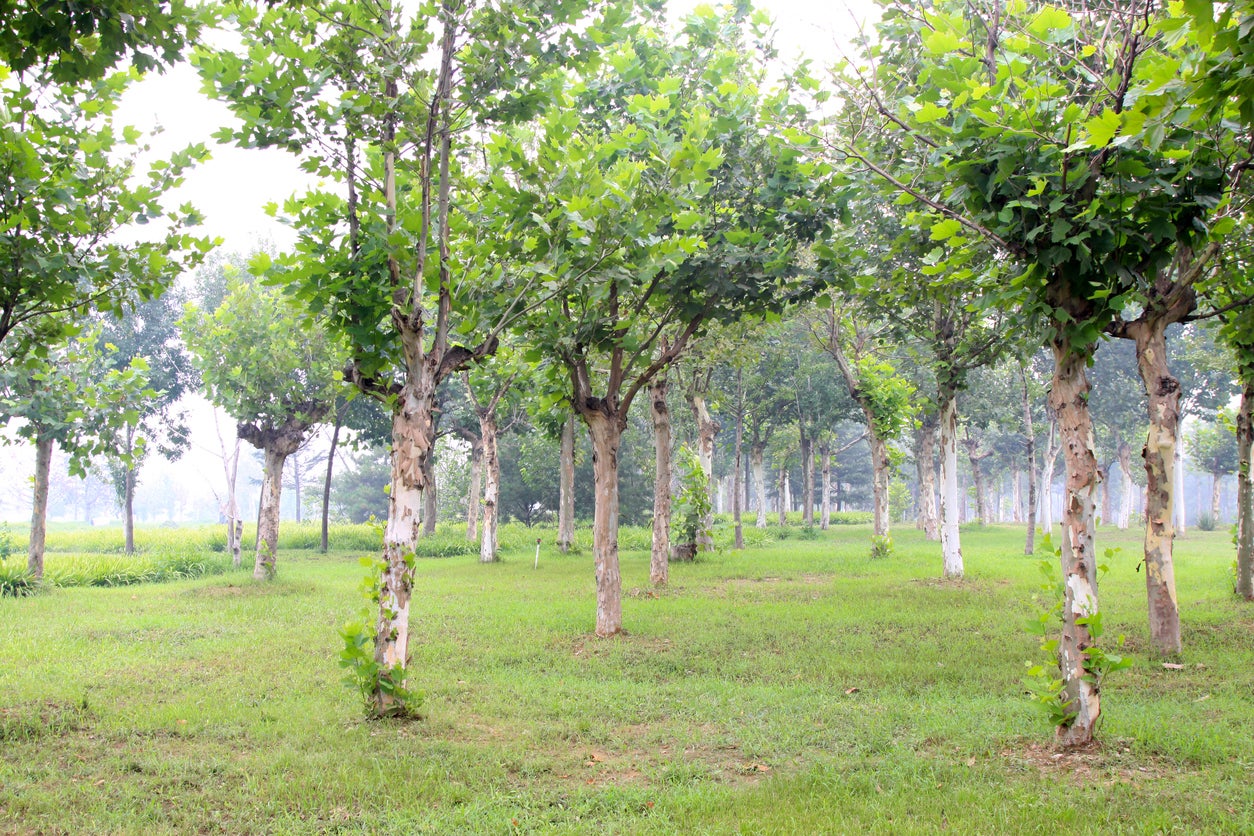

What is an oriental plane tree? It is a deciduous tree species that can be an attractive shade tree in the backyard, but is also used commercially. Its hard, dense wood is used to make furniture. If you want to know more about oriental plane trees, read on. You’ll find lots of oriental plane tree info plus tips on growing an oriental plane tree.
What is an Oriental Plane?
You may be familiar with the popular London plane tree (Platanus x acerifolia), with its maple-like leaves and small spiky fruit. It is a hybrid, and the oriental plane tree (Platanus orientalis) is one of its parents.
The oriental plant has very lovely maple-like leaves as well. They are a rich green and more deeply lobed than the London plane tree. The trees can grow past 80 feet (24 m.) in height with hard, tough wood used to make items like butcher blocks and other furniture. The trees develop quickly, shooting up to 36 inches (91 cm.) per year.
Once established, a plane tree is likely to be there for a while. Oriental plane tree information suggests that the trees can live for 150 years. Oriental plane trees are extremely attractive in the garden. The bark is ivory and flakes to reveal a slightly different color of bark beneath. According to oriental plant tree information, these shade trees produce small flowers in spring. Over time, the blossoms develop into round, dry fruits. They grow on drooping stalks, usually in groups.
Growing an Oriental Plane Tree
In the wild, oriental plane trees grow by streams and in riverbeds. So, if you want to start growing an oriental plant tree, you’ll need to plant the tree on moist soil. Otherwise, oriental plane trees are not demanding.
They thrive in full sun or partial shade. They grow happily on soil that is acidic or alkaline. According to oriental plane tree info, these trees require little maintenance.
On the other hand, oriental plane trees are vulnerable to several conditions that can impact their health. For example, canker stain and stem canker can damage trees and even kill them. If the weather is particularly wet, the trees can develop anthracnose. They may be attacked by lace bugs as well.
Gardening tips, videos, info and more delivered right to your inbox!
Sign up for the Gardening Know How newsletter today and receive a free copy of our e-book "How to Grow Delicious Tomatoes".

Teo Spengler is a master gardener and a docent at the San Francisco Botanical Garden, where she hosts public tours. She has studied horticulture and written about nature, trees, plants, and gardening for more than two decades. Her extended family includes some 30 houseplants and hundreds of outdoor plants, including 250 trees, which are her main passion. Spengler currently splits her life between San Francisco and the French Basque Country, though she was raised in Alaska, giving her experience of gardening in a range of climates.
-
 ‘Coral Charm’ Peony Care For Sublime Semi-Double Peonies With Lush Salmon Pink Flowers
‘Coral Charm’ Peony Care For Sublime Semi-Double Peonies With Lush Salmon Pink FlowersPeonies are known for their soft baby pink or magenta tones, but if plushy coral blooms are your thing, here’s our guide to the ultimate ‘Coral Charm’ peony care
By Tonya Barnett
-
 How To Grow Seeds Quickly: 8 Expert Tricks For Fast Flowers & Crops
How To Grow Seeds Quickly: 8 Expert Tricks For Fast Flowers & CropsIt's never too late to start growing! Jump-start your flower or vegetable garden with these pro tips and tricks for germinating seeds in record time.
By Amy Grant
-
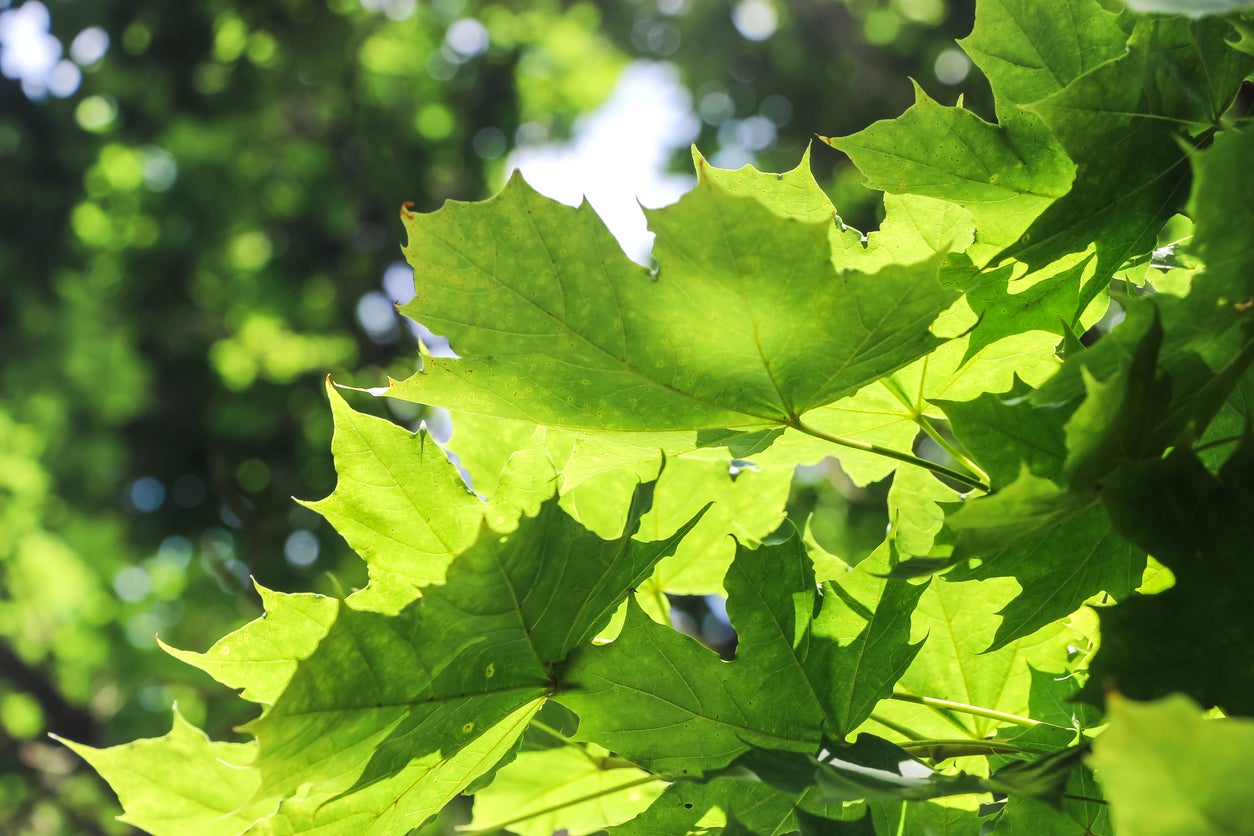 Plane Tree Varieties – Learn About Different Kinds Of Plane Tree
Plane Tree Varieties – Learn About Different Kinds Of Plane TreeWhat comes to mind when you think of a plane tree? The purpose of this article is to clear up the differences among the many types of plane tree. Click here to learn more about the different plane tree varieties you might come across.
By Liz Baessler
-
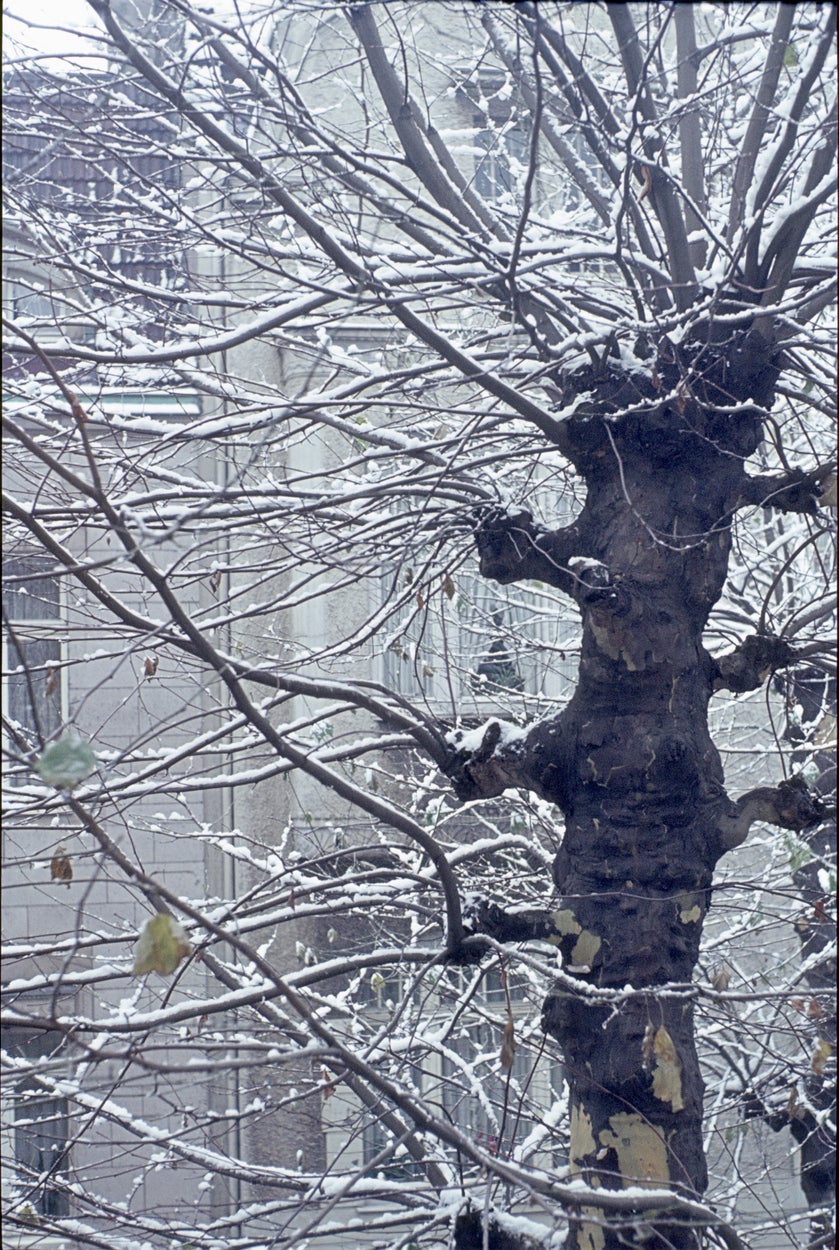 Plane Tree Winter Care – How To Prevent Plane Tree Winter Damage
Plane Tree Winter Care – How To Prevent Plane Tree Winter DamageFrost cracks on plane trees are the most dangerous signs of cold damage. However, most winter plane tree problems are superficial and the tree will heal itself over time. Learn when to worry and when to wait on plane tree winter damage in this article.
By Bonnie L. Grant
-
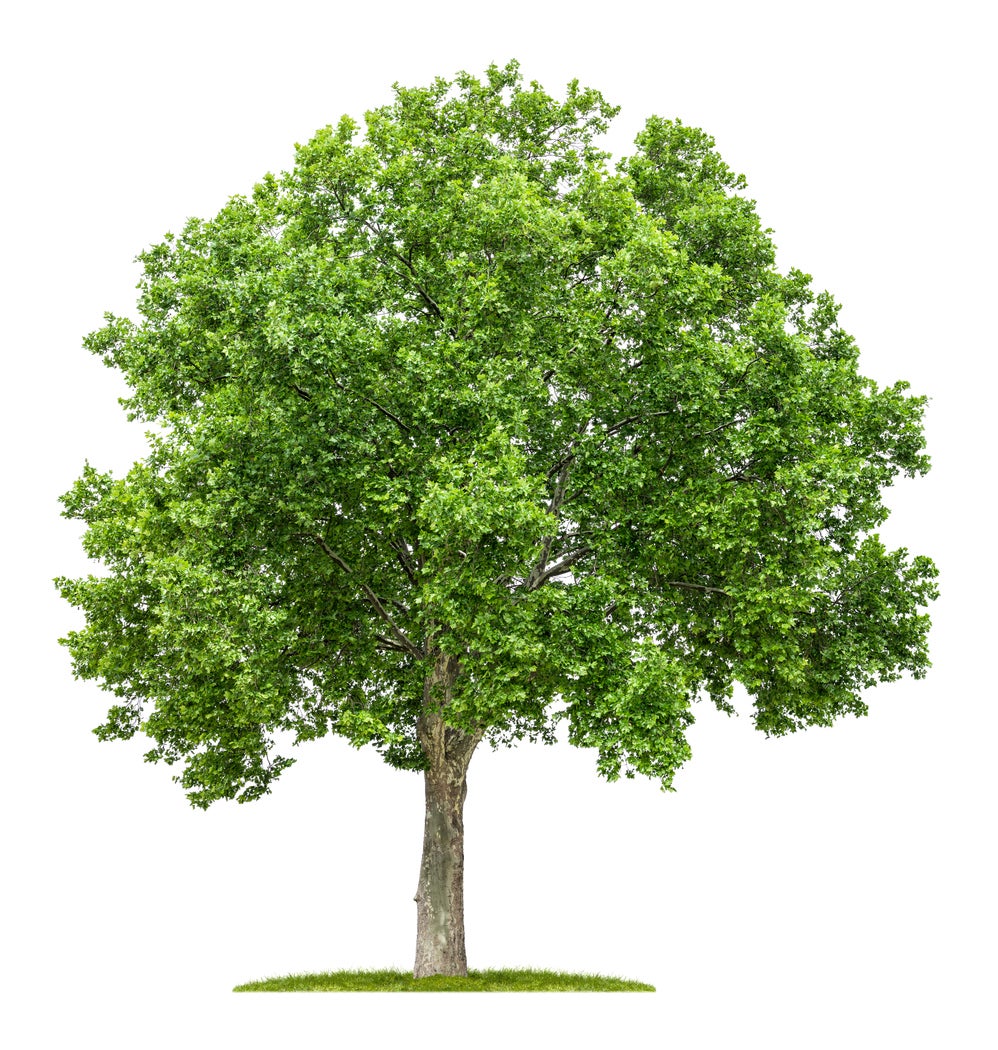 Plane Tree Benefits – What Can Plane Trees Be Used For
Plane Tree Benefits – What Can Plane Trees Be Used ForThe big, leafy plane tree graces streets in some of the busiest cities around the world. This versatile tree has adapted to survive pollution, grit and punishing wind, living on to provide welcome beauty and shade for many years. Find more plane tree benefits here.
By Mary H. Dyer
-
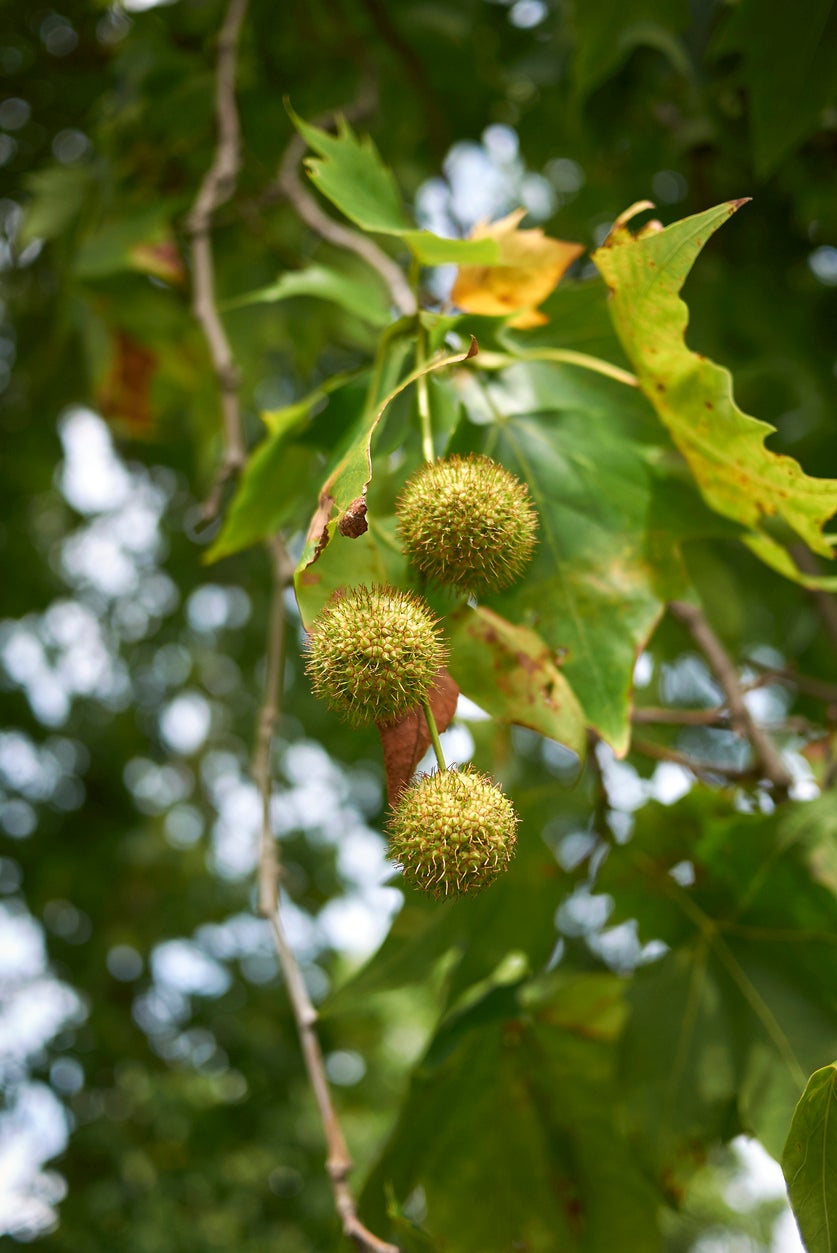 Sowing Seeds Of Plane Trees – Learn How To Plant Plane Tree Seeds
Sowing Seeds Of Plane Trees – Learn How To Plant Plane Tree SeedsPlane trees are tall, elegant, long-lived specimens that have graced urban streets around the world for generations. The trees are easy to propagate by taking cuttings, but if you’re patient, you can try growing plane trees from seed. Click here to learn how to plant plane tree seeds.
By Mary H. Dyer
-
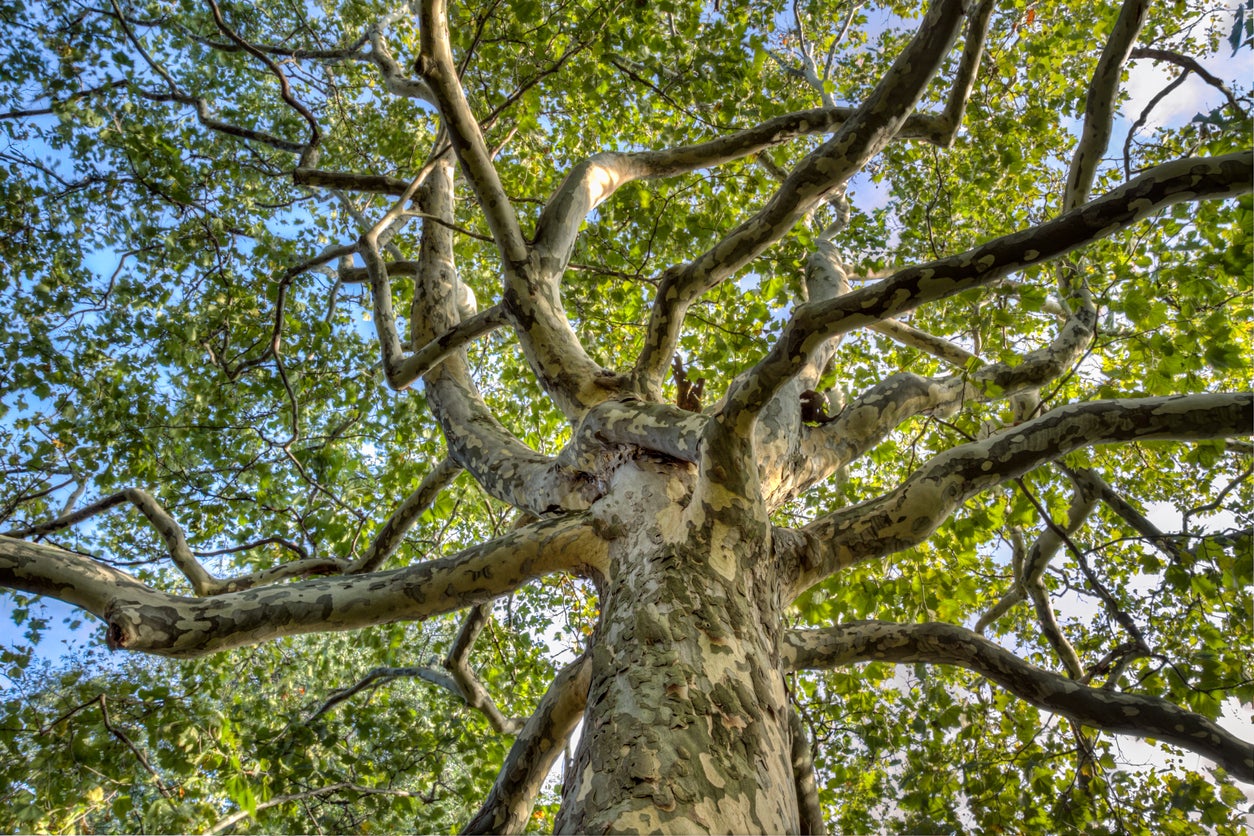 Plane Tree Water Needs – Tips For Watering A London Plane Tree
Plane Tree Water Needs – Tips For Watering A London Plane TreeLondon plane trees have been popular urban specimens for nearly 400 years, and with good reason. They are remarkably hardy and tolerant of a variety of conditions. But how much water does a plane tree need? Click here to learn about watering a London plane tree.
By Amy Grant
-
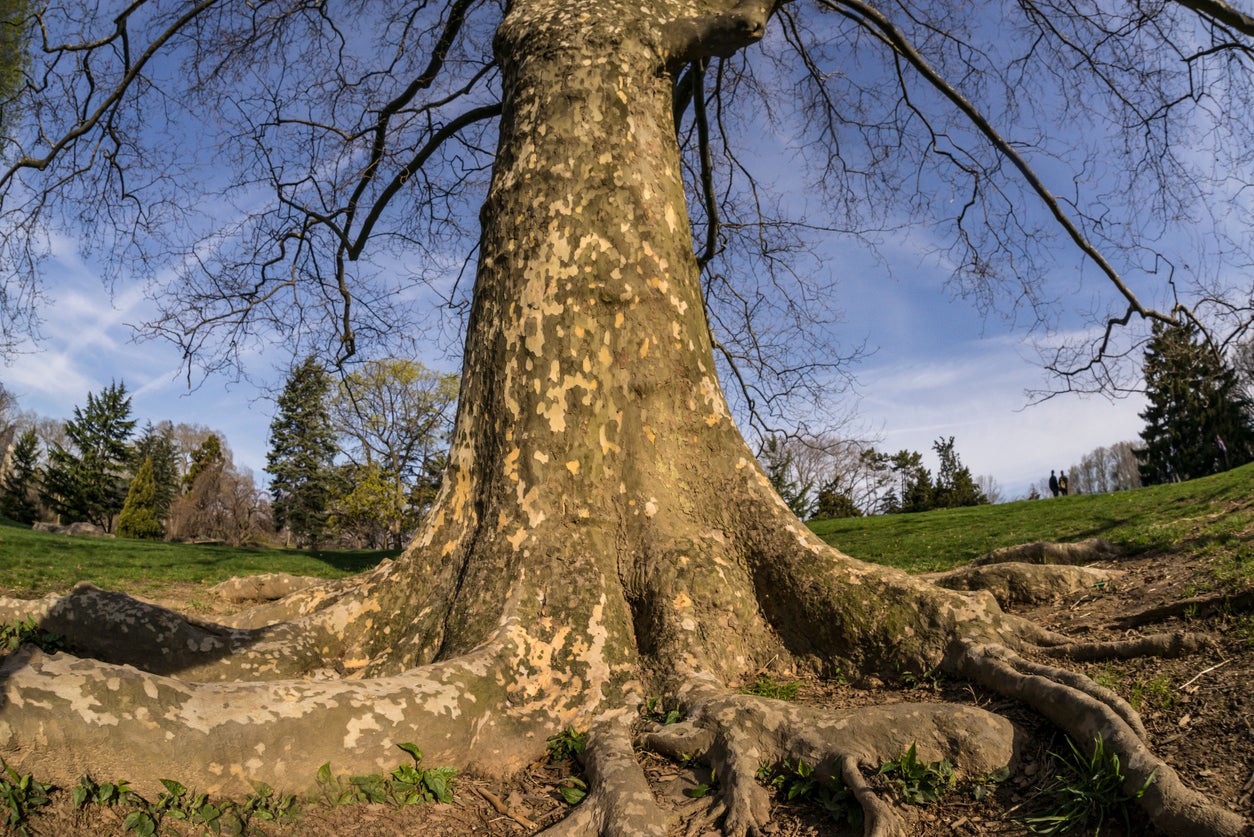 What To Do About Plane Tree Roots – Problems With London Plane Roots
What To Do About Plane Tree Roots – Problems With London Plane RootsLondon plane trees are highly adapted to urban landscapes and as such are common specimens in many of the world’s largest cities. Unfortunately, the love affair with this tree seems to be coming to an end due to problems with plane tree roots. Learn more here.
By Amy Grant
-
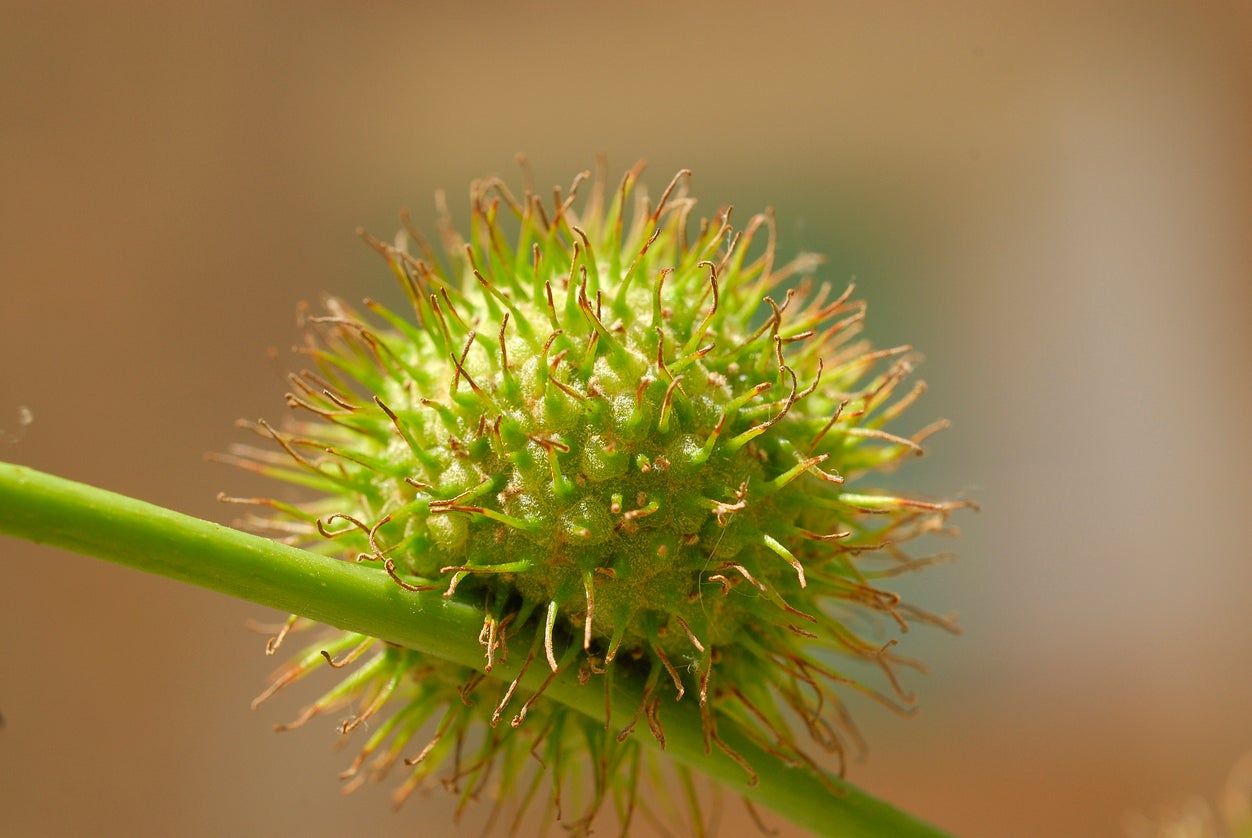 Plane Tree Pollen: Do Plane Trees Cause Allergies
Plane Tree Pollen: Do Plane Trees Cause AllergiesPlane trees are often urban trees, growing in or on the outskirts of cities. Do plane trees cause allergies? Many people say that they have an allergy to London plane trees. For more information on plant tree allergy problems, this article will help.
By Teo Spengler
-
 London Plane Tree Problems – How To Treat A Sick Plane Tree
London Plane Tree Problems – How To Treat A Sick Plane TreePlane tree diseases are primarily fungal, although the tree may be afflicted with other London plane tree problems. Click on this article to learn about plane tree diseases and how to treat a sick plane tree in your landscape.
By Amy Grant